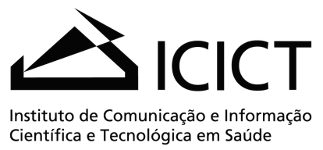flowchart LR sources_1(SIM, SINASC, SIH) --> pcdas_api(PCDaS API) pcdas_api --> rpcdas[rpcdas] sources_2(SINAN, \n Sivep-Malária) --> postgres(PostgreSQL Server) postgres --> recbilis[recbilis] pop(Population count) --> brpop[brpop] rpcdas --> bilis[bilis] recbilis --> bilis brpop --> bilis bilis --> csv(CSV files) bilis --> parquet(Parquet files) bilis --> db(Databases and destinations)
BILIS
An unified indicators database
LIS/ICICT/Fiocruz
2023-12-18
BILIS
- Banco de Indicadores do Laboratório de Informação em Saúde, ICICT
- A proposal to create an unified health indicators database
Motivation
Health indicators are necessary at several projects
Projects usually hires people to compute the indicators
Several projects uses a common group of basic indicators
The indicators may be computed with slight differences in methodology
Dependent on project lifecycle
Objectives
Provide a set of health indicators
Standardized methodology
Shared budget
Long term, independent initiative
Solutions
Primarly use already existing sources of secondary data
- Death records, new born records, hospitalization records, etc
Easy to use R packages to compute health indicators
One package, one specific mission
Packages
brpop: yearly population estimates for Brazilian administrative levels, including age groups and sex (for standardized indicators)
rpcdas: query SIM, SINASC, SIH and other health information systems stored at PCDaS ElasticSearch stack, returning aggregated data per administrative level and time
recbilis: query other health information systems stored at ICICT Postgres instance
Packages
- bilis: compute health indicators at several combinations of administrative levels (municipality, health region and state) and time units (weekly, monthly and yearly)
Overview
Initial results
21 indicators based on RIPSA formulations
Crude rates
Age standardized rates is the next step
Thanks!
